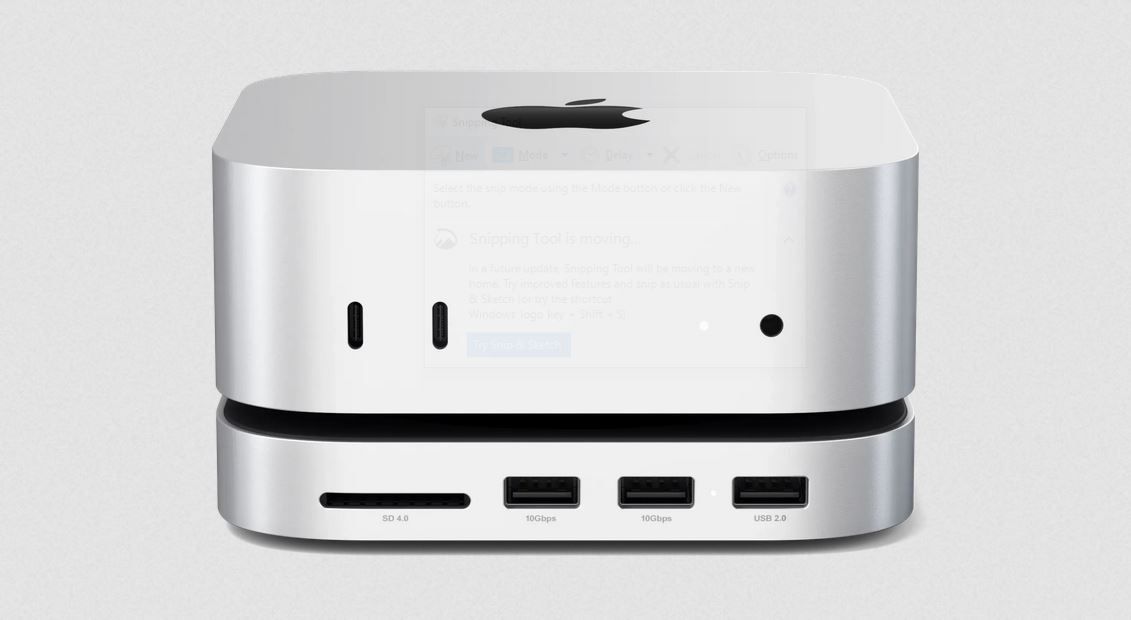How to Publish Your First npm Package: A Step-by-Step Guide
Introduction
Publishing an npm package allows you to share your JavaScript or TypeScript project with the world. Whether it’s a utility library, a framework, or a tool, making your code available via npm opens up countless possibilities for collaboration and usage. In this guide, we’ll walk you through the process of publishing your first npm package, including automating the process with GitHub Actions.
Step 1: Setting Up the Package
Every npm package starts with a package.json file. This file contains metadata about your project, such as its name, version, and dependencies.
Verifying or Creating package.json
To check if package.json exists, run:
ls package.json
If it doesn’t exist, create it with:
npm init
Follow the prompts to fill out details like the package name, version, description, and entry point.
Key Fields in package.json
- name: The unique identifier for your package.
- version: The version number, following semantic versioning.
- main: The entry point file for your package.
- scripts: Commands to build, test, and publish.
Example: Minimal package.json
{
"name": "my-awesome-package",
"version": "1.0.0",
"description": "A simple npm package example",
"main": "index.js",
"scripts": {
"build": "tsc"
},
"keywords": \["example", "npm", "typescript"\],
"author": "Your Name",
"license": "MIT"
}
Step 2: Preparing the Repository
Before publishing, ensure your repository is in a clean state:
git status
If there are uncommitted changes, stage and commit them:
git add .
git commit -m "Prepare for publishing"
Check that all dependencies are installed and up-to-date:
npm install
Step 3: Authenticating with npm
Log in to npm to authenticate your account:
npm login
If you’re using GitHub’s Package Registry, use:
npm login --registry=<https://npm.pkg.github.com/>
Step 4: Building the Project
If your project uses TypeScript or needs transpilation, add a build script to your package.json:
"scripts": {
"build": "tsc"
}
Run the build command:
npm run build
Step 5: Publishing the Package
To publish your package, run:
npm publish
For scoped packages (e.g., @yourusername/package-name), use:
npm publish --access public
If you encounter errors, check:
- Your package.json for missing fields.
- The registry URL (https://registry.npmjs.org/ or https://npm.pkg.github.com/).
Automating Publishing with GitHub Actions
Setting Up a Workflow File
Create a directory for workflows:
mkdir -p .github/workflows
Add a publish.yml file with the following content:
name: Publish Package
on:
push:
branches:
\- main
\- 'release/\*'
jobs:
publish:
runs-on: ubuntu-latest
steps:
\- name: Checkout repository
uses: actions/checkout@v2
\- name: Set up Node.js
uses: actions/setup-node@v2
with:
node-version: '16'
registry-url: '<https://npm.pkg.github.com/>'
\- name: Install dependencies
run: npm install
\- name: Build package
run: npm run build
\- name: Publish package
run: npm publish
env:
NODE_AUTH_TOKEN: ${{ secrets.GITHUB_TOKEN }}
Explanation of the Workflow
- Triggers: Runs on pushes to main or release/* branches.
- Steps:
- Checkout the repository.
- Set up Node.js and configure the registry.
- Install dependencies.
- Build the package.
- Publish the package using GITHUB_TOKEN .
Common Questions
Do I Need a Release Branch?
No, a release branch is optional. You can configure the workflow to trigger on any branch.
What About secrets.GITHUB_TOKEN?
GitHub automatically provides a GITHUB_TOKEN for workflows. No additional setup is needed.
Conclusion
Publishing your first npm package is a rewarding process that enables you to share your work with the developer community. By following this guide, you can confidently prepare, publish, and even automate the process using GitHub Actions. Happy coding!
Author Of article : Champ of Greatness Read full article




